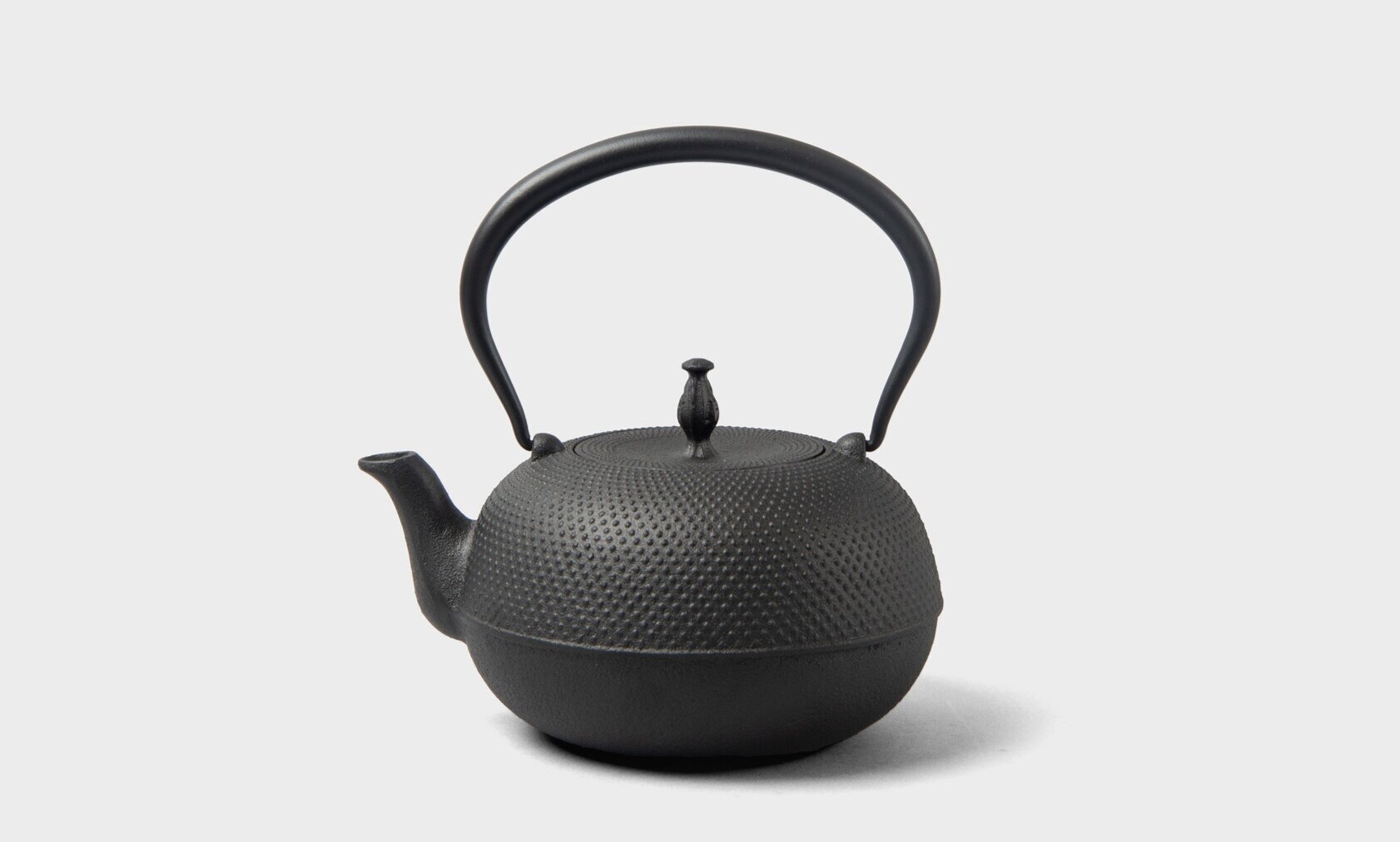Daily Care for Nambu Tekki Cast Ironware | Kettle and Teapot
History Of Nambu Tekki Cast Ironware
Nambu Tekki is a traditional Japanese ironware founded in the Tohoku region during the Edo period (1803-1868). The origin of the craft can be traced back to the Nambu domain, an area now known as Iwate prefecture. It is said to have started when the tea adoring Nambu feudal lord invited craftsmen from Kyoto to develop iron tea kettles in the area. The Nambu Tekki craft thrived in cities like Mizusawa due to the wealth of natural resources available - including iron, sand, clay and lacquer.
The Making of Nambu Tekki Cast Ironware
Nambu Tekki is renowned for its durability, heat retention and austere design. The iron is subject to various processes to prevent rusting, such as baking the ironware in charcoal to create an inner oxide film and further coating the surface with urushi lacquer. The Nambu Tekki craft has officially been certified as a Traditional Craftwork of Japan and it continues to be revered for its enduring beauty and practicality. Today, a wide range of contemporary and induction compatible designs are available to suit the modern day kitchen.
Instructions for Care
To ensure the longevity of Nambu Tekki ironware, please follow the steps below for instructions on daily care. With proper care, cast ironware can last a very long time and it can be handed down over generations as treasured items.
Cast Iron Kettle
Seasoning Method - Before First Use
Rinse the inside of the kettle with lukewarm water 2-3 times.
Fill the kettle with water and bring to boil over medium heat.
Discard the water and repeat the above steps 3 times to complete the seasoning process.
Daily Care Of Japanese Cast Iron Kettle
After each use, pour out the contents and rinse with water.
Remove any excess moisture with a clean, dry cloth.
Turn the lid upside down to air dry.
Rust Prevention
Rust is acceptable up to a certain degree as it contains iron that has positive health effects. While the water is not harmful to the body if it is clear, when it turns red or gives off a metallic taste, follow the below steps to ensure the removal and prevention of rust.
Do not leave water inside for a prolonged period of time, as it will cause the iron to rust.
The antioxidant properties of tannin found in sencha is effective for cleaning rust. Fill the kettle with used sencha tea leaves and water. Let it boil for 20 minutes, then turn off the heat.
Leave overnight and discard the contents.
Using a soft brush with natural bristles such as a tawashi, gently scrub the rust spots and rinse with water. Do not use detergent.
Remove any excess moisture with a clean, dry cloth.
Boil water in the kettle to see if the water is clear. If the water is still muddy, repeat the steps above three times.
Caution
Handle carefully and use potholders as ironware becomes extremely hot when heated.
Do not drop the kettle as it may chip or break.
Do not place a waterless kettle over heat, as it damages the protective film inside the kettle and causes rust.
When boiling water, leave the lid ajar to relieve inner pressure and prevent water spillage from the spout of the kettle.
For safe use, do not fill the kettle to maximum capacity.
Cast Iron Tea Pot
Before First Use
Rinse the teapot with lukewarm water 2-3 times before first use.
Daily Care Of Japanese Cast Iron Teapot
After each use, gently rinse with water and remove any excess moisture with a clean, dry cloth.
Do not place in a dishwasher or use detergent as it can tear away the inner enamel coating.
The antioxidant properties of tannin in sencha is effective for cleaning the surface and giving a shimmer to your cast ironware. Brew green tea with used sencha tea leaves and wipe the surface area using a cloth dipped in the tea.
For long-term storage, wrap the ironware in newspaper and store in a cool, dry place.
Caution
Handle with care to avoid burns and do not drop the tea pot as it may chip or break.
Please refrain from using the tea pot to boil water as it is not a tetsubin (cast iron tea kettle).



